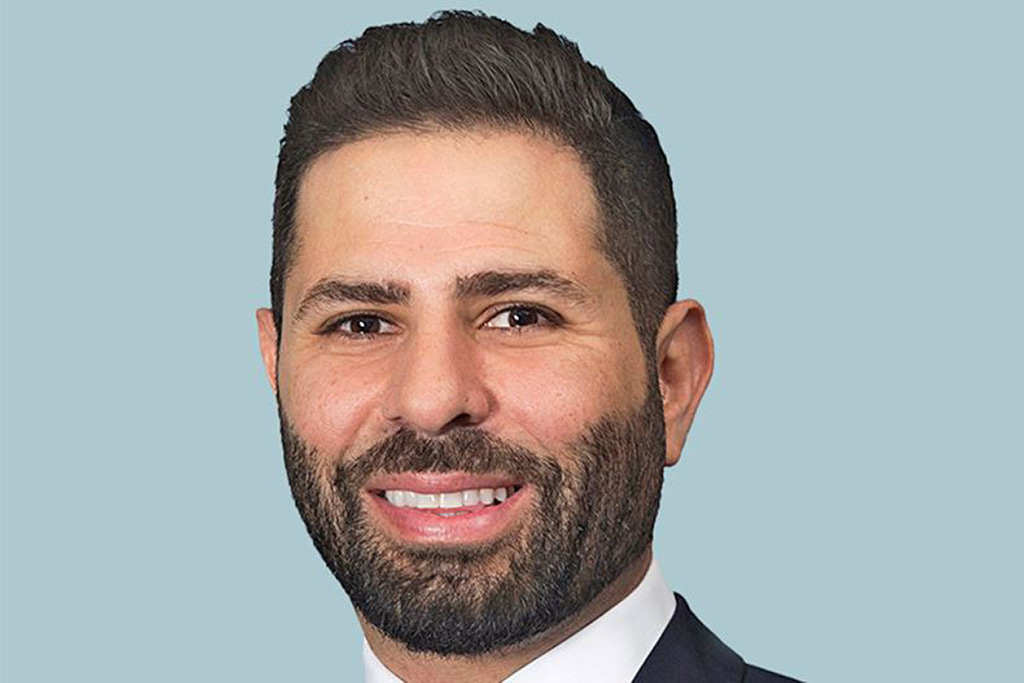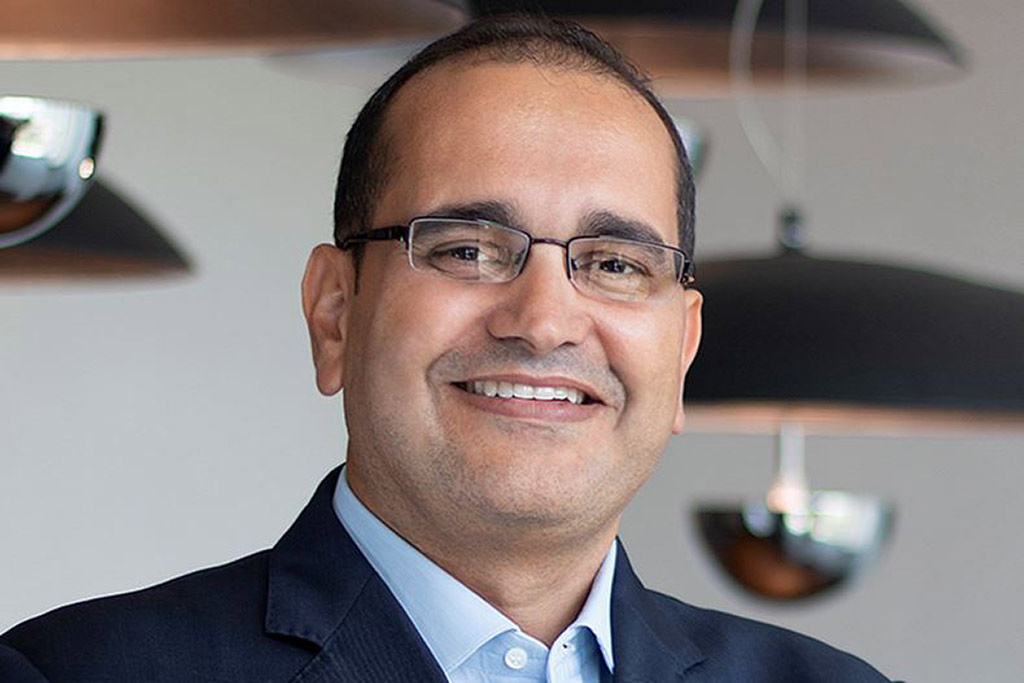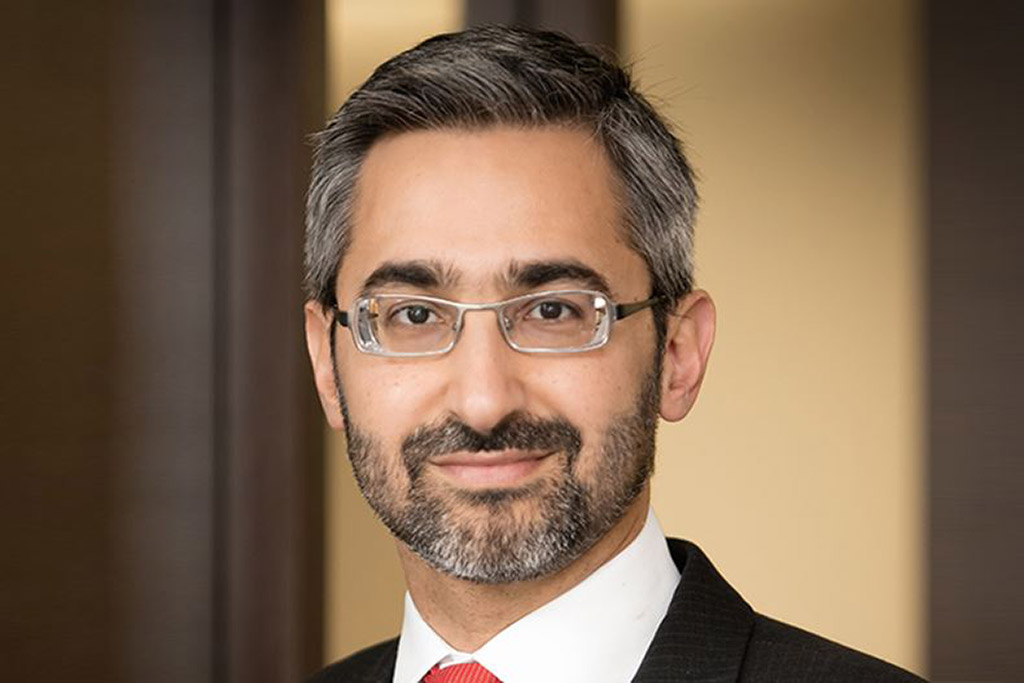As the GCC equity markets have rebounded significantly so far this year, Citywire asked some of the leading fund managers and heads of AM if the best of the market gains is behind us, and if they are looking at any particular opportunities or themes.

Salah Shamma, head of investment – MENA equity and portfolio manager, Franklin Templeton Investments (ME)
At the cusp of a multi-year earnings expansion
The strength MENA markets have seen YTD reflects a change in underlying economic and corporate fundamentals. Higher commodity prices should bode well for the GCC as budget pressures ease, allowing governments to shift gears to growth following years of fiscal reform, while a relatively successful containment of the Covid-19 pandemic across the MENA has set the stage for a faster-than-expected economic resurgence.
The YTD performance also masks an underlying variance by country, sector, and capitalisation. Leading the moves, regional heavyweight Saudi Arabia has performed strongly led by key sectors including banking and petrochemicals.
The Saudi equity market currently trades at 19x 2021 earnings — a 22% premium to the last 5-years average valuation. While near-term valuations appear richer, we believe we are potentially at the cusp of a multi-year earnings expansion phase.
Going forward, we continue to see value in several locally-driven consumer-facing names, where the government’s reform agenda, business dynamics, and local economic rebound are driving operational improvements.
Currently, we believe the UAE and Egypt are trading at cheap valuations despite improving economic fundamentals and stronger growth prospects. As such, we expect liquidity to return to these markets as economic realities begin to get reflected in corporate earnings and outlooks.
Finally, we are also excited by the resurgence in IPO activity, driven by sidelined liquidity and general investor optimism. We expect the early IPO successes in Saudi Arabia, Egypt, and the UAE to improve both supply and demand for future listings while expanding the access of corporates to capital and presenting a wider sectoral selection for investors.

Kais Mbarek, co-founder, Integra Asset Management
Earnings growth underpins equities
GCC markets have rebounded significantly year-to-date and since the trough of the COVID crisis in March 2020. The S&P Pan Arab for example is up around 24% as of July 31, 2021. More importantly, it is about 25% higher than the end of 2019 levels, i.e., pre-COVID crisis, which we use as a reference to evaluate current markets.
This performance however is largely supported by earnings growth. When we started the year, expectations, as per our computations, were for a perfect V-shape recovery, i.e., 2021 aggregate earnings for the region were to bounce back to 2019 levels. We are now expecting earnings to be around 15% higher.
This means that a lot of the upside we have seen so far is explained by earnings growth, as opposed to multiples expansion and rerating. This is more reassuring than in previous market rallies where earnings growth was lacking, and prices were moved only by unjustified re-rating.
Obviously, if you look at a sector-by-sector analysis, the picture is heterogeneous and some sectors are seeing much higher growth than others. But broadly speaking, our region ticks the box on many current investment themes, including higher exposure to the commodities cycle and to a mild inflationary environment.
It will also benefit from a ‘return to normal’ of global travel and tourism. So, despite higher valuation levels that might lead to increased volatility, we believe there are still plenty of opportunities especially relative to other developed and emerging markets regions.

Akber Khan, senior director – asset management, Al Rayan Investment
Bullish for companies with fantastic growth prospects
We have been impressed with the performance of regional equity markets in 2021 but also with the strength of Brent crude. However, it has not been business as usual with economies and companies both trying to adjust to Covid restrictions, which in many cases have changed abruptly.
In our flagship, Al Rayan GCC Fund, an absolute return fund that can invest in both equities and Sukuk, Sukuk exposure was cut to zero several months ago, the first time in years. This reflects our bullishness for numerous companies with fantastic growth prospects and, in many cases, offering mid-single-digit dividend yields.
Thematically, we remain optimistic on many parts of the Saudi non-oil economy exposed to the massive home building programme and a number of vast government-led, development projects.
There are distinct opportunities across regional real estate and banking stocks, which is unsurprising given the combination of strong oil and the normalisation of consumer behaviour and government spending after the disruptions last year.
Additionally, many banks are reaping the benefits as heightened Covid-related provisioning from 2020 begins to unwind.

Malik Zahir, CIO (asset management equities), SICO
The best is behind us
Fundamentally, I think the best is behind us. We believe regional markets are trading at a significant premium if we factor their valuation multiples based on normalized earnings.
The overall macroeconomic fundamentals of the region have improved thanks to the increased price of oil, however long-term sustainability of oil price is debatable given the spare capacities on the sidelines and the anticipated growth in EVs.
During distinct phases of stock market cycles, investors tend to be guided by the heightened level of exuberance driven by what economist, John Maynard Keynes, referred to as animal spirits. Indications are that a few of the GCC markets may be experiencing such a phase.
It is possible that the current momentum will continue, and the market will overshoot, however forecasting momentum is not our strength hence we have opted to be disciplined.
While Saudi is one of the top-performing markets in the emerging market index, Egypt has been one of the worse performing markets. The market has failed to trigger investor interest despite many companies trading at a steep discount.
Over the past two years, investor confidence in the Egyptian market has been jolted by regulatory actions, particularly concerning CIB. Furthermore, there is uncertainty on VAT, subsidy reform, and certain directives on banks.
We believe the Egyptian market may outperform in the medium term particularly if the international investors can get clarity on the future regulatory and fiscal strategy of the country.

Jaap Meijer, head of research, Arqaam Capital
Growth concerns have resurfaced
We have moved more towards mid-cycle, which implies less upside, with increased potential for profit-taking, and volatility. Nevertheless, we remain positive on the outlook, particularly after the new OPEC+ deal, which will ensure high oil prices while supply curbs unwind gradually, which will reduce fiscal break-even points for GCC countries and support GDP growth.
However, fresh growth concerns have resurfaced because of variants of the coronavirus and recent corona measures in China, which weighs on the outlook for the re-opening trade, cyclical, as well as the financial sector (as a beneficiary of rising rates, which is now pushed out back to FY 23e).
However, the drop in new cases in India suggests this is likely to peak in the next few weeks. Meanwhile, GCC economic activity continues to improve, with non-oil activity in KSA expanding by 1.3% quarter-on-quarter (QoQ) and 10.0% year-on-year (YoY), following the 4.9% QoQ pick up in Q1, driven by a significant increase in consumer spending (+18% YoY in real terms in Q2).
We expect GDP growth to further improve; oil supply cuts gradually unwind, new government initiatives boost investments, and the end of fiscal austerity is in sight.
We also continue to see attractive opportunities in our MENA markets. We are positive on Saudi banks on a huge credit spree (almost +17% YoY), partly because of rising homeownership, but also a trickledown effect of programs to increase investments (either privately, or through semi-public companies), which should keep credit demand elevated for the next few years.
UAE banks benefit strongly from a reduction in loan loss charges as banks update inputs for their credit loss models. Kuwaiti banks benefit from the same theme, but also could benefit from the establishment of a mortgage market as of next year, pending parliamentary approvals. However, we have turned underweight on the petrochemical sector, as product spreads have peaked in Q2, in our view.
We have recently reduced our positions in Saudi Arabia after the very strong YTD performance of this market and reallocated mainly to Dubai and Qatar. Finally, the weight of the MENA region continues to increase, with potential flows from index trackers from the increase in foreign ownership limits in Qatar, the UAE, and potentially also Saudi Arabia.

Sherif El-Haddad, head of asset management, Al Mal Capital
Strong momentum to continue
Indeed, GCC equity markets have had a strong year insofar but there seems to be strong momentum that can carry us till the end of the year.
MENA is a high conviction destination of growth, underpinned by attractive underlying fundamentals and a structurally changing landscape. Egypt has room to lower interest rates, resuming a long-awaited Capex cycle, while KSA continues to reinvest petrodollars heavily into its economy.
The UAE is finding a balance between COVID infections and re-opening of the economy as it inoculates its residents at pace, combined with building a politically stable foundation while attracting new population.
In fact, the UAE and KSA are already ahead of the US when it comes to investments as a % of GDP. Elsewhere, Qatar is boosting LNG production, aiming to further balance its budgets, and is scheduled to host World Cup 2022.
Stability in oil prices is helping balance budgets and improve fiscal positions, suggesting this performance can continue, especially with ample liquidity. The private sector has the tools to capitalise on social reforms and Capex spend, and we do not rule out reverse austerity measures which would further boost consumer confidence.
